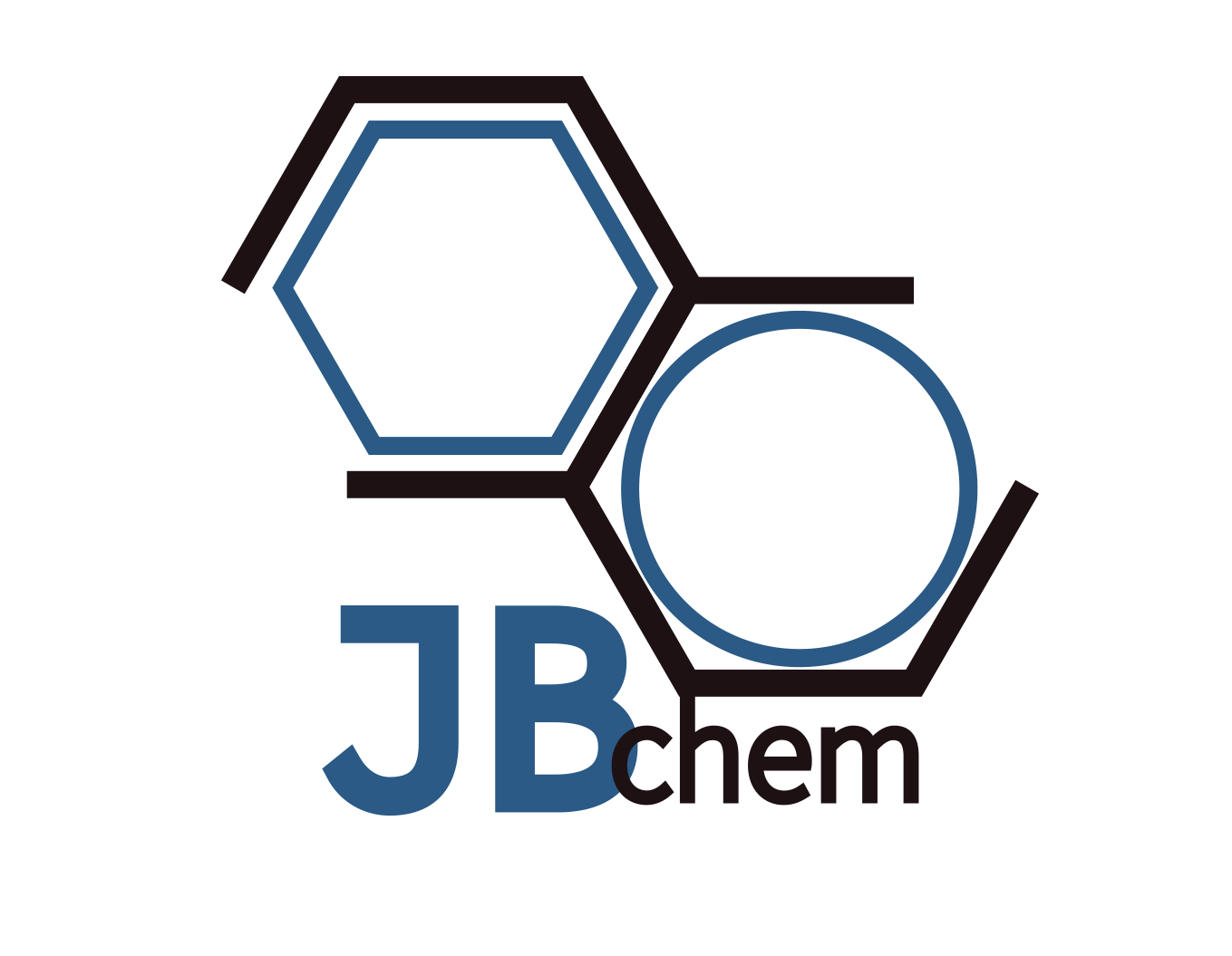Products
Gd(NO3)3.xH2O gadolinium nitrate powder
Gd2O3 gadolinium oxide nanopowder
GdCl3.6H2O gadolinium chloride powder
GdF3 gadolinium fluoride powder
Gadolinium (Gd) is a chemical element with the symbol Gd and atomic number 64. It is a rare earth metal, part of the lanthanide series on the periodic table. Gadolinium is known for its unique physical properties, especially its magnetic characteristics, and finds various applications in electronics, medical imaging, and nuclear reactors.
Physical Characteristics
- Atomic Number: 64
- Appearance: Silvery-white, malleable and ductile metal.
- Atomic Weight: 157.25
- Density: 7.90 g/cm³ at room temperature.
- Melting Point: 1312°C (2394°F).
- Boiling Point: 3273°C (5923°F).
Applications
- MRI Contrast Agents: Gadolinium compounds are used as intravenous contrast agents in magnetic resonance imaging (MRI) to improve the clarity of the images. Gadolinium enhances the contrast in the MRIs of certain body tissues, making it easier to diagnose diseases.
- Neutron Absorption: Due to its high neutron absorption cross-section, gadolinium is used in nuclear reactors as a burnable poison to regulate the nuclear reaction.
- Magnets: Gadolinium’s magnetic properties are exploited in the manufacturing of magnets, often alloyed with iron and boron to make powerful rare-earth magnets for various electronic devices.
Compounds
- Gadolinium Oxide (Gd2O3): Used in phosphors and as a part of the glass formulation of special glasses. It is also utilized in the production of gadolinium yttrium garnets for microwave applications.
- Gadolinium Gallium Garnet (GGG, Gd3Ga5O12): Employed in magnetic, electronic, and optical applications, including as substrates for magneto-optical films.
- Gadolinium-DTPA (diethylenetriamine pentaacetic acid): A chelating agent used in MRI contrast agents to enhance the quality of images.
Basics on Gadolinium-Wikipedia

